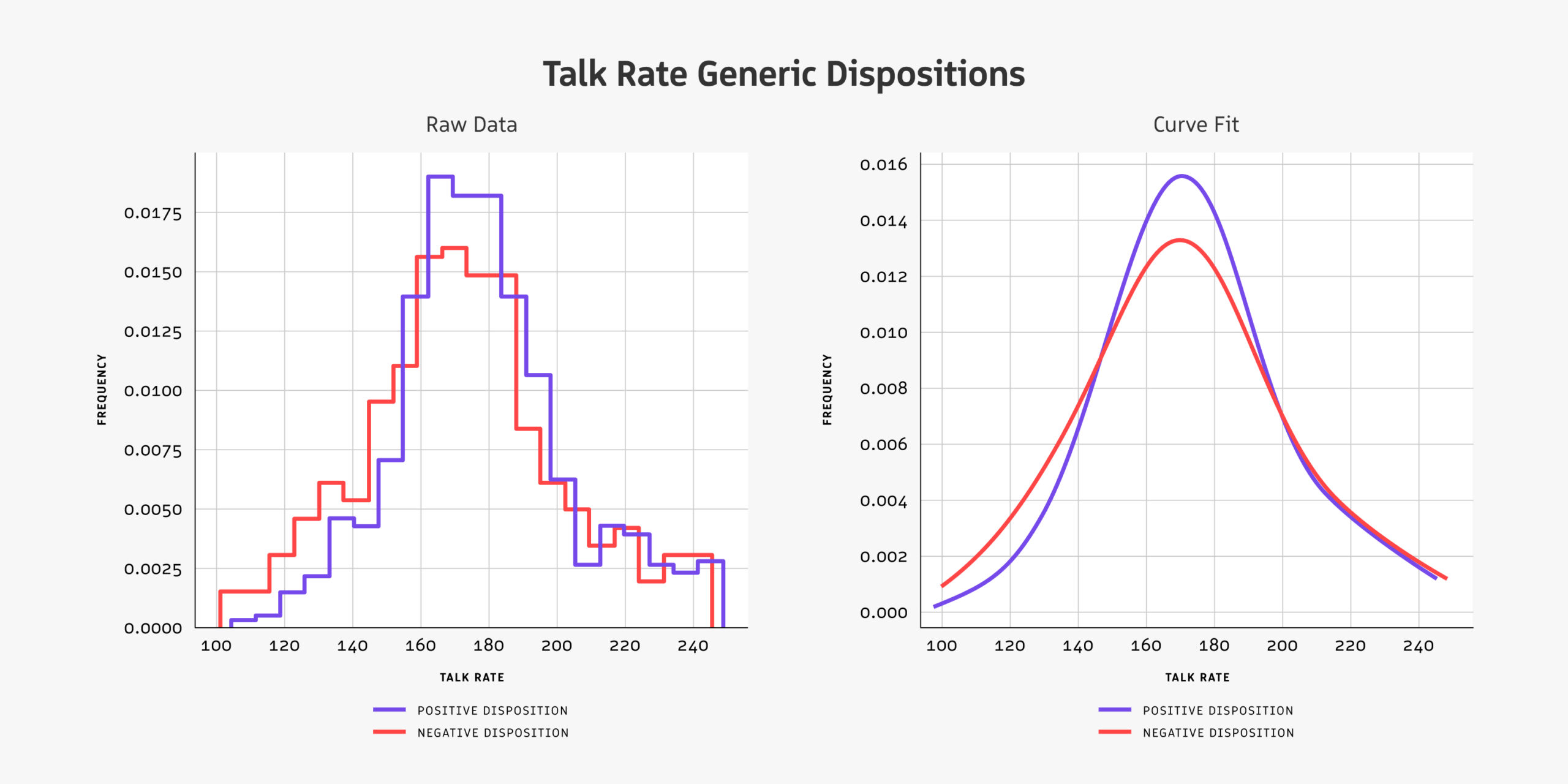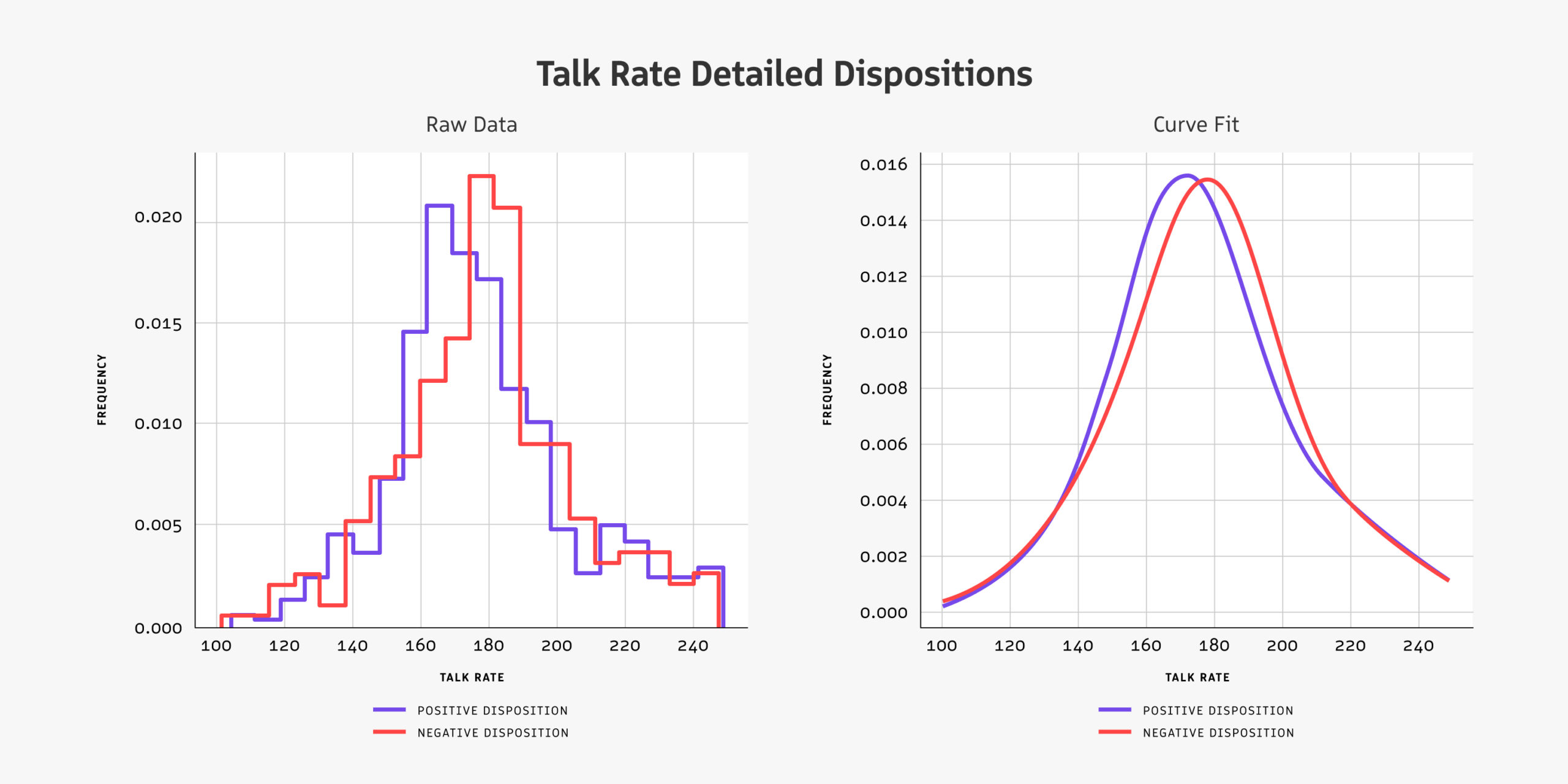Is Your Call Disposition Process Broken? Simple Solutions That Work
The fact that we have different conversations with different people is an accepted fact. The way you talk to your kids is different from the way you talk to your coworkers, which is also different from how you would talk to your barista at the local coffee shop. The amount of time that we talk, the ways in which we talk, and the amount we listen all vary based on the circumstances. To reinforce this idea, “Sales teams that analyze call dispositions and conversation insights see a 20% increase in conversion rates” (HubSpot).
This simple truth holds true in sales too. And it’s why basic call dispositions don’t work.
If an SDR is looking back on their calls and wants to improve, a simple list of which calls ended in meetings will leave a lot of useful, contextual deal information out of the picture. Similarly, if a sales manager or upper management is looking to Sales Ops for ways to improve the deal cycle and pinpoint high performing reps, reports of basic dispositions aren’t going to cut it.
Of course, improving sales is hard because success happens at different timescales: you make an impression in seconds, build a rapport in hours, establish a cadence in days, and close a deal in weeks (or longer). And with each of those stages, the type of conversation changes: discovery demands listening while demos require talking, and there is no guarantee that the same person was on both of these calls. That’s what makes it so complicated to figure out which conversation patterns led to winning a sale.
But just because something is complicated doesn’t mean it can’t be solved. Here at Revenue.io, we’re excited to address this issue by giving our customers the ability to classify dispositions as positive, negative, or neutral. Dispositions are a powerful tool because they give us a measurement of quality at the shortest possible timescale in a sale: the conversation. If you want to have better sales conversations, you must measure the outcomes of those conversations with dispositions. Classifying call dispositions benefits sales teams in three major ways:
1. You can get insight into what’s actually happening on calls.
Generic dispositions like “contacted” or “left message” are technically accurate, but they don’t provide any insights from a coaching or operational perspective. On the other hand, dispositions that highlight the context and outcome of a conversation provide both individual sales employees and operations teams with a much clearer picture of what happened on each call.
The best way to create insightful dispositions is to go through each team and think about the good and bad outcomes they can have on calls. Create a specific disposition for each outcome and write down whether the outcome is positive, negative, or neutral.
- Prospecting – Meeting Set, positive
- Prospecting – Referral secured, positive
- Prospecting – Objection, negative
- Prospecting – Gatekeeper – Left message, neutral
This change, coupled with the required disposition setting in the RingDNA Dialer, will give your organization new and granular insights into what is and isn’t working at each stage of your sales operation.
2. You can easily identify top performers on your teams.
Categorizing dispositions allows us to measure performance with far more data points and on shorter timescales, so that you can identify top performers more quickly and accurately. If you measure individual performance with opportunities and each opportunity has 20 calls on average, you just increased your performance measurements 20x. For Sales Ops, that’s a huge win.
But it gets better. Remember the “Prospecting – Referral secured” disposition above. That call had a fantastic outcome and showed resourceful handling of an objection; however, that call will not be part of an opportunity. Without disposition classification, we lose that data point conveying greatness forever and could leave you unaware of an employee’s potential. But with classification, it’s easy to find these high achievers and make sure they’re not only getting what they need to succeed, but helping the rest of their team by sharing their knowledge. Which brings me to my last point…
3. You can optimize your sales process.
If we can rank reps faster and more granularly using dispositions, then we can provide feedback on what works faster and more granularly. Tighter feedback loops mean feedback happens closer to the conversation, making it more relevant and contextual.
For example, if rep A is securing twice the referrals and half the objections as rep B, then rep A’s objection handling is superior to rep B. Revenue.io is getting ready to roll out technology that will surface the differences between the conversation habits of reps A and B above.
This information is invaluable to three groups: reps, who can advance their careers more quickly if they’re recognized for their performance; coaches, who can scale expertise across their teams; and upper management, who can use a more productive sales team to increase company revenue.
In the end, it all goes back to call dispositions. To surface those meaningful employee insights, coaching opportunities, and paths to more significant revenue, you must know what good and bad call outcomes are. You can’t improve what you don’t measure.
What Call Dispositions Did For Our Team
We started this journey at Revenue.io by analyzing user behavior about our own reps when we had generic call dispositions including: “contacted,” “left voicemail,” and so on. When we analyzed these calls, we had no choice but to label “contacted” as positive while other dispositions were left negative. When we looked at the talk rate (words per minute) for positive vs negative outcomes with generic dispositions, we saw that more successful calls had agents using a higher talk rate. This doesn’t make intuitive sense, and if you were to attempt data-driven coaching based on these generic dispositions, you would be coaching your reps in the wrong direction.
 However, after migrating to more detailed call dispositions as described above, we ran the exact same analysis, only with a higher confidence that positive dispositions were actually positive calls. And in the data below, we can see that positive outcomes are more closely correlated with lower talk rates. Reps with higher talk rates can now be coached to slow down so they too can have better outcomes for their calls using Moments™.
However, after migrating to more detailed call dispositions as described above, we ran the exact same analysis, only with a higher confidence that positive dispositions were actually positive calls. And in the data below, we can see that positive outcomes are more closely correlated with lower talk rates. Reps with higher talk rates can now be coached to slow down so they too can have better outcomes for their calls using Moments™.

